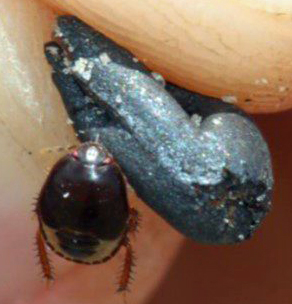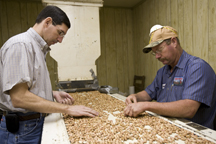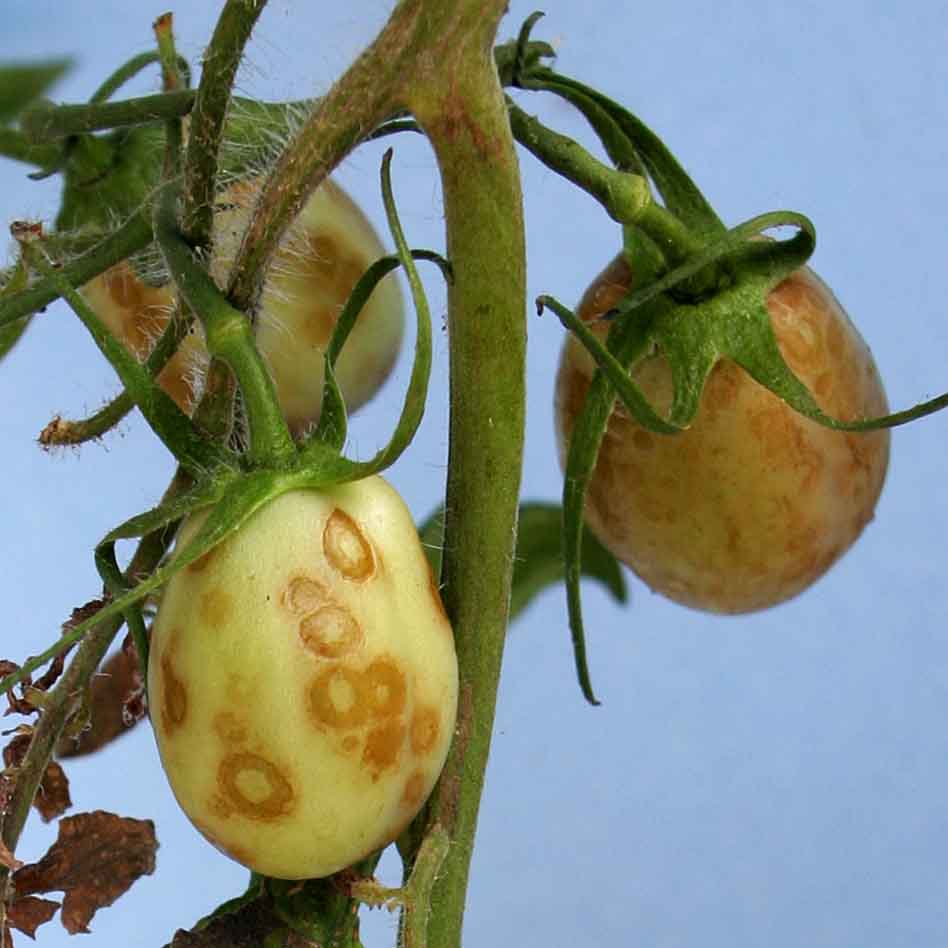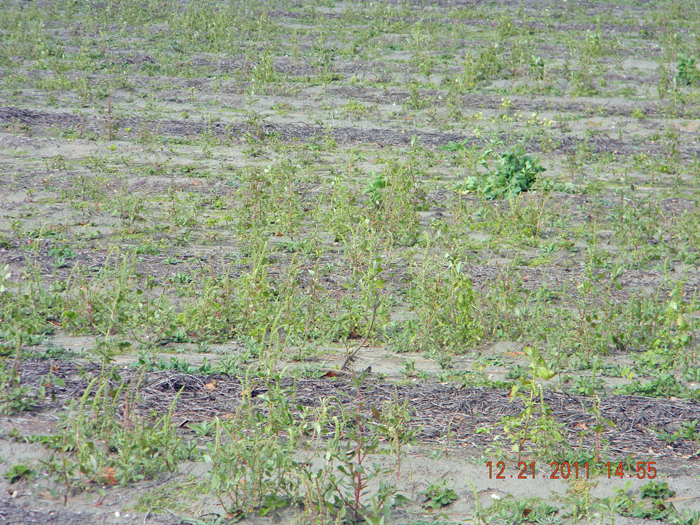
by Xavier Martini | Feb 17, 2017
Xavier Martini, David Wright, UF/IFAS North Florida Research and Education Center Burrower bugs are small Heteroptera insects with piercing/sucking mouthparts (Figure 1). There are six different species of burrower bugs that have been found to feed on peanuts. Among...

by btillman | Oct 28, 2016
As the saying goes, “hind-sight is 20-20.” As I’m writing this, peering through my bifocals, I wish my vision was still 20-20. But that’s another topic. As peanut harvest comes to a close, it’s often a good time to assess the successes and the disappointments of...

by Zane Grabau | Oct 7, 2016
Fall is the best time to take samples for nematodes, since populations often peak near harvest, and while crop roots are still viable. These samples can be used to help determine if nematodes caused damage in the current crop and help predict the likelihood of damage...
by Nicholas Dufault | Sep 16, 2016
Figure 1. Video of weather forecast for Friday September 2 showing movement through the Southeast of Hurricane Hermine. There is a brief advertisement at the beginning of the video. Ian Small, Nicholas Dufault, Kelly O’Brien, and David Wright Late season storms like...

by Joe Funderburk | Sep 9, 2016
Garima Kakkar, UF/IFAS, St Lucie County Extension, Fort Pierce; Joe Funderburk, UF/IFAS, North Florida Research and Education Center, Quincy; Scott Adkins, USDA-ARS, Horticultural Research Laboratory, Fort Pierce The thrips-transmitted tospoviruses are important...

by jferrell | Sep 2, 2016
Many Florida cotton and peanut farmers have been fighting Palmer amaranth (pigweed) all season. With harvest is just around the corner, many farmers begin to relax their weed control efforts. Regrettably, you can’t give up on this horrible weed yet. With daytime...






